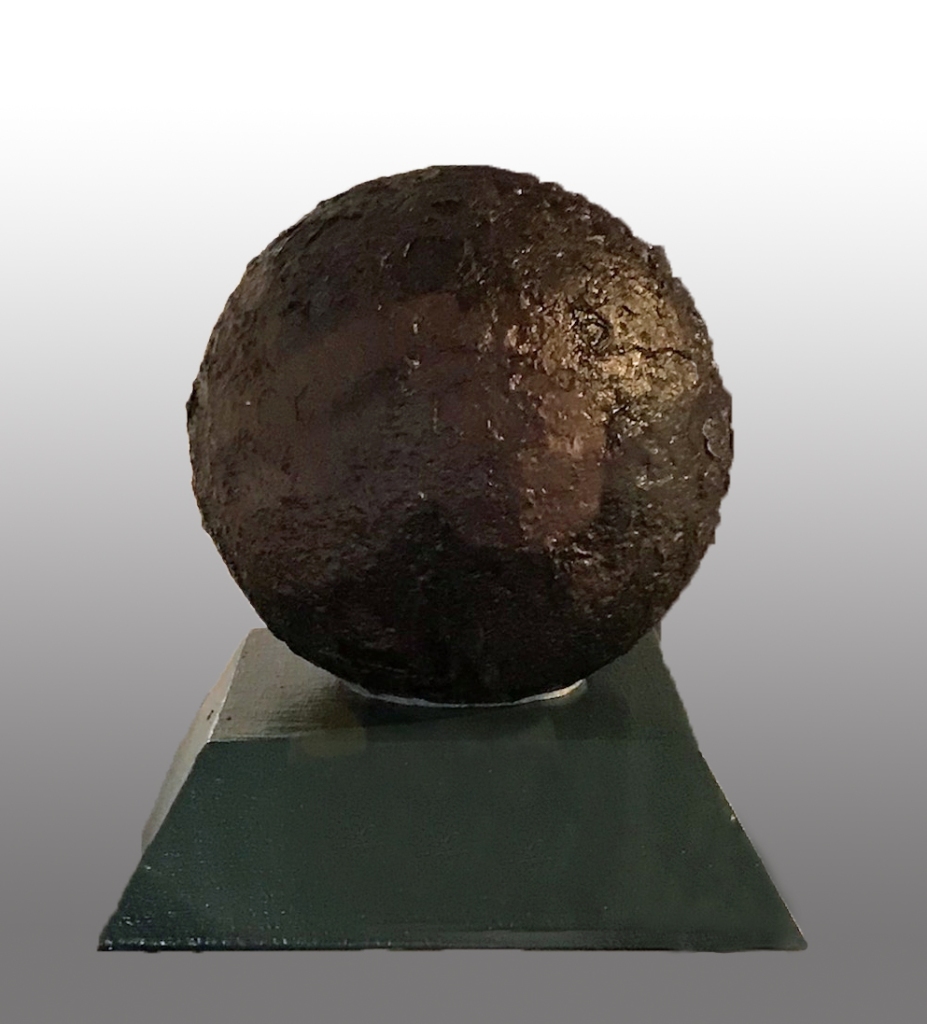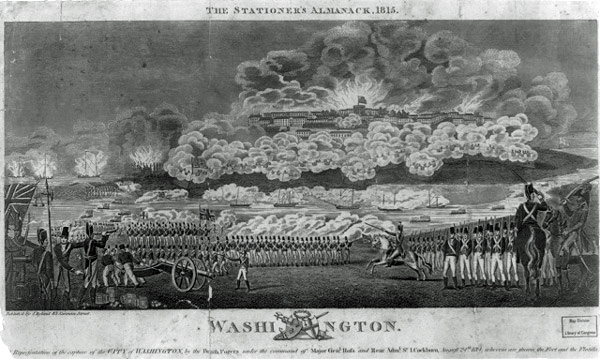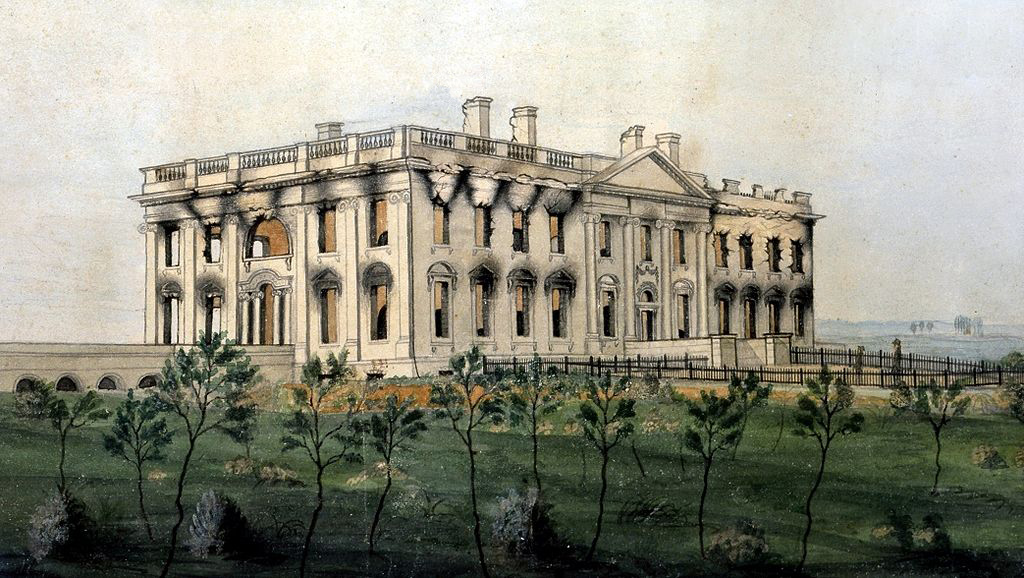Travelers heading over the Chesapeake Bay from Maryland’s western shore along Maryland Route 50 are often on their way to one of the sandy beaches along the Eastern Shore’s Atlantic Coast. Sunlight sparkles off the bay on either side of the bridge, as large container ships, commercial fishing vessels, sail boats, and other pleasure craft ply its waters. Up ahead, the shores of Kent Island become visible, its forested shores and fields gleaming green in the distance.

Today, Kent Island is home to the Terrapin Nature Park and miles of sandy beaches, as well as a number of marinas, yacht clubs, inns, restaurants, and hiking trails that help support a booming tourist industry. But long before it became a popular visitor destination, the island experienced a tumultuous early history, marked by pitched turf battles between the Maryland and Virginia colonies for ownership of this land.
The impressive fragment of German salt glazed stoneware jug or bottle shown here was present for those early, turbulent years. Discovered by archaeologist Darrin Lowery in 1988 while working on a clamming dredge off the southwestern side of the island (Roylance 1991), this sherd is the oldest ceramic bearing a date in the collection of the Maryland Archaeological Conservation Lab, the state’s archaeological curation repository. The vessel of which it was a part is believed to have been used, broken, and discarded at Kent Island’s earliest settlement.
Kent Island, settled in May of 1631 as a trading post and farming community by English settler William Claiborne, is the third oldest English settlement in North America, after Jamestown, Virginia and Plymouth, Massachusetts. Claiborne, appointed to be the Virginia Colony’s Secretary of State, had arrived in Jamestown in 1622 at the age of 21 (Copeland 2003). After receiving permission to explore the Chesapeake Bay from Virginia’s governor (or, as he put it, “to win the forests of Virginia”), Claiborne claimed Kent Island, near the head of the bay, for the Virginia Colony (Appleton 1888:620). By the end of the 1630s, over 120 people lived on the island (Isaac 1957), forming a community of planters, shipbuilders, coopers, millwrights, and sailors.

Within several years of Claiborne’s claim, the Virginia colony began a legal battle over ownership of the island—a conflict that would last over four decades. In 1634, King Charles I granted the Calvert family a charter to establish the Maryland colony north of Virginia, which included the upper half of the Chesapeake Bay, including Kent Island. Calvert was willing to allow Claiborne to keep his land if he pledged allegiance to the Calvert family. Claiborne, however, was unwilling to recognize Calvert’s authority because Kent Island had already been developed under the name of the Virginia colony.
Maryland responded by confiscating one of Claiborne’s boats, prompting Claiborne to reciprocate with armed skirmishes. Financial backers lost faith in Claiborne, replacing him as the island’s leader in 1637. After Claiborne returned to England to plead for reinstatement, Calvert seized control of the island and the Lords Commissioners of Plantations ruled in favor of Lord Baltimore’s legal right to the land.
Claiborne was not so easily thwarted. Seven years later, he and fellow Protestant Richard Ingles launched an attack on St. Mary’s City, prompting Governor Calvert to flee south to Virginia. Claiborne thus regained control of Kent Island until 1646, when Calvert retook the Maryland colony, including the island. In another reversal, Claiborne and Virginia governor Richard Bennett overthrew the Maryland government and ruled from 1652 to 1655. By 1657, Maryland had been restored to the Calvert family and, despite one final attempt by Claiborne at regaining his land in 1677, his control of Kent Island remained elusive.
Over the centuries, the effects of erosion and sea level rise have caused Claiborne’s original settlement to now be inundated by the waters of the Chesapeake Bay, off of the southwestern side of the island. In 1991, archaeologists examining the shallow waters 40 feet offshore discovered three old barrel wells believed to date to the seventeenth century (Roylance 1991). Fragments of wooden barrel, likely been part of another well, were also found in the soil containing the medallion sherd brought up by the clamming dredge in 1988. Because the earliest evidence of Claiborne’s settlement now appears to be underwater, it is likely we will never know more about the actual appearance of this fort.

References
Andrews, E. Benjamin. 1922. History of the United States From the Earliest Discovery of America to the Present Time. Charles Scribner’s Sons, New York. Originally published in 1894.
Appleton, D. 1888. Appletons’ Cyclopedia of American Biography. Edited by James Grant Wilson and John Fiske. D. Appleton and Company, New York. Website accessed October 2, 2021 at https://www.google.com/books/edition/_/1h4MAAAAMAAJ?hl=en&gbpv=1.
Copeland, Jennifer. 2003. William Claiborne (1600-ca. 1677). MSA SC 3520-246. Maryland State Archives. Website accessed October 2, 2021 at https://msa.maryland.gov/megafile/msa/speccol/sc3500/sc3520/000200/000246/html/246bio.html.
Isaac, Erich. 1957. Kent Island: Part I: The Period of Settlement. Maryland Historical Magazine Volume 52 (2):93-119.
Preservation Maryland. 2017. Maryland History: The First Pirate of the Chesapeake. Website accessed October 2, 2021 at https://www.preservationmaryland.org/maryland-history-the-first-pirate-of-the-chesapeake/. Roylance, Frank D. 1991. Clues: 4-Man Team of Archaeologists Believe It Has Discovered Evidence of Early Settlement on Kent Island. The Baltimore Evening Sun. February 17, 1991. Website accessed October 2, 2021 at https://www.baltimoresun.com/news/bs-xpm-1991-02-27-1991058168-story.html
Roylance, Frank D. 1991. Clues: 4-Man Team of Archaeologists Believe It Has Discovered Evidence of Early English Settlement on Kent Island. The Baltimore Evening Sun. February 27, 1991. Website accessed October 2, 2021 at https://www.baltimoresun.com/news/bs-xpm-1991-02-27-1991058168-story.html.



























